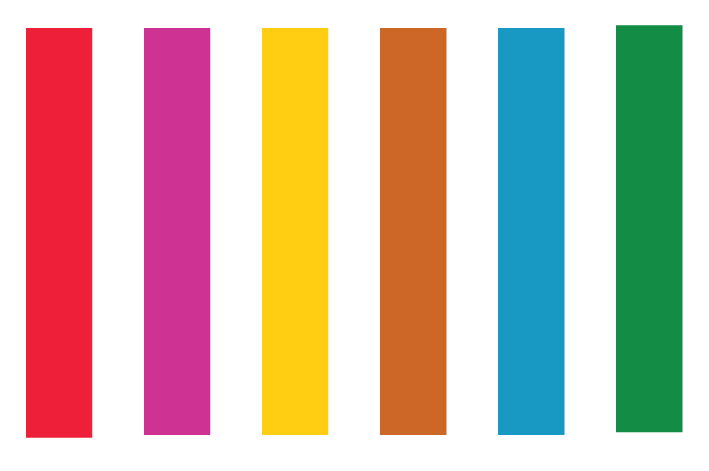Animator
Description
An animator is an artist that works to make still images look as if they are moving. Traditionally an animator drew images by hand, each image was slightly different from the previous and when viewed in sequence the images appeared to be moving. Today an animator draws the image at the beginning of a sequence of movement and then draws the image at the end of that sequence. A computer is then used to draw the images in between that give the illusion of movement.
Animators will work with a large number of other professionals to create an animation. These include background artists, layout artists, voice actors and musicians.
An animator exhibits a combination of capabilities from the Skills Framework for the Information Age (SFIA) and from the Leadership competencies for Queensland.
SFIA profile
Within the SFIA profile, the animator has level 3 and 4 capabilities, i.e. applies and enables the skills outlined below.
Refer to the framework for descriptions of the seven levels of responsibility and accountability.
 SFIA skill SFIA skill | SFIA skill code | SFIA skill level of responsibility | SFIA skills level descriptor |
|---|---|---|---|
| Functional testing | TEST | 3 | Designs detailed functional test cases and scripts, covering various scenarios and boundary values. Actively participates in requirement and design reviews, refining test plans based on insights gained. Undertakes structured exploratory testing to investigate and verify functionality. Prepares test data, configures environments and automates repeatable tests. Executes tests, logs defects with detailed information and analyses results to assess system functionality. |
| Animation development | ADEV | 4 | Builds visual and audio components and integrates them into the system structure. Uses design tools to evolve rapid prototypes and assess the viability of design concepts for interactive systems and user interfaces. Uses complex visual design tools and organic modelling techniques to create and animate virtual characters within a game or system design. |
Leadership skills
Leadership competencies for Queensland describes what highly effective, everyday leadership looks like in the sector. In simple, action-oriented language, it provides a common understanding of the foundations for success across all roles. The profile describes three performance dimensions (vision, results and accountability) and 11 leadership competencies required against five leadership streams.
Leadership streams are not connected to a level or classification, but rather reflect the balance between leadership and technical skills required of an individual. Individuals can consider the value proposition of roles rather than the traditional lens of hierarchical structures or classification levels. The five leadership streams are:
- Individual contributor (Leads self and does not supervise others)
- Team leader (leads a team and typically reports to a program leader)
- Program leader (leads team leaders and/or multiple areas of work)
- Executive (leads program leaders or other executives)
- Chief executive (leads the organisation).
When developing a role description, identify the role type and then focus on the most important attributes and create a balance between SFIA skills and leadership skills.
Entry points
A degree level qualification in areas such as Creative Industries or Animation is required to gain employment in this field.
Learning and development
A degree level qualification in areas such as Creative Industries or Animation is required to gain employment in this field.